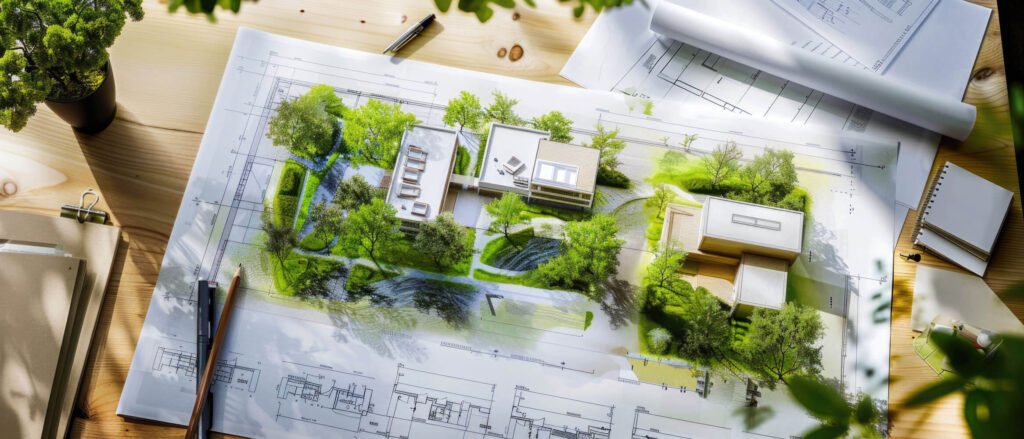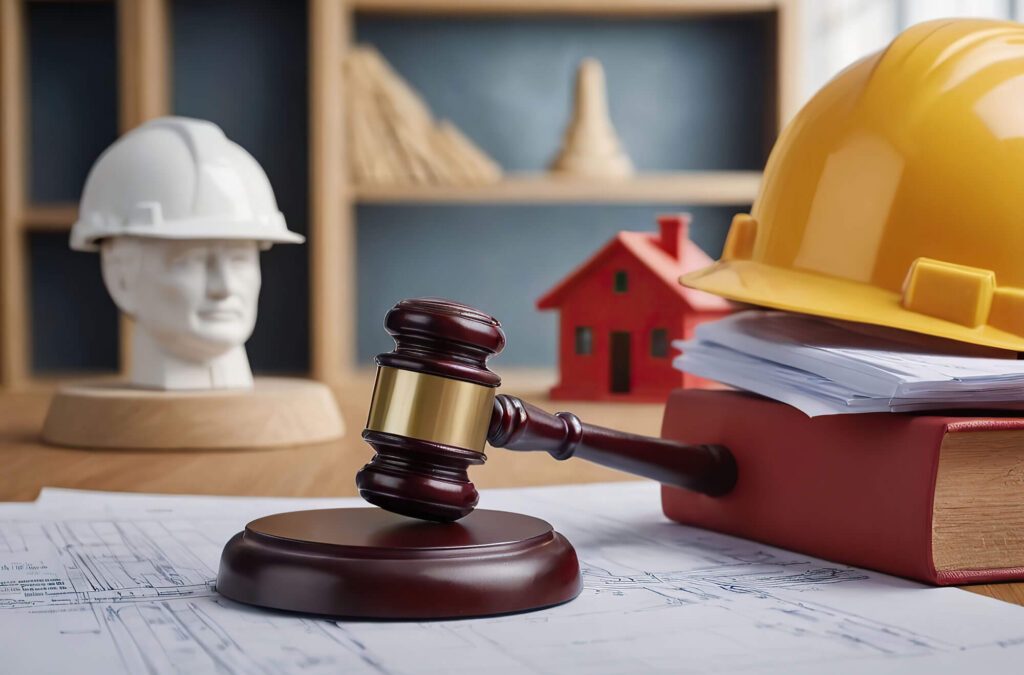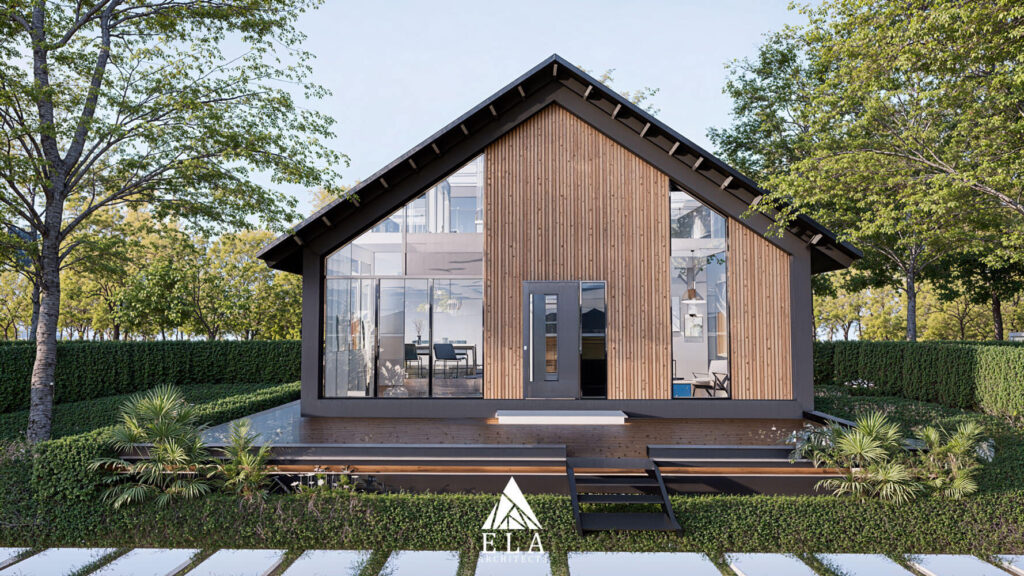A Comprehensive Guide to Building Permits
Exterior Projects and Additions
- Basement Finishing
- Room Additions and Relocations
- Material Changes
- New Window or Door Openings
- Walkout Basements
Structural Changes and Safety Improvements
Specialized Construction Projects
City-Specific Permit Regulations
Ensuring Compliance and Project Success
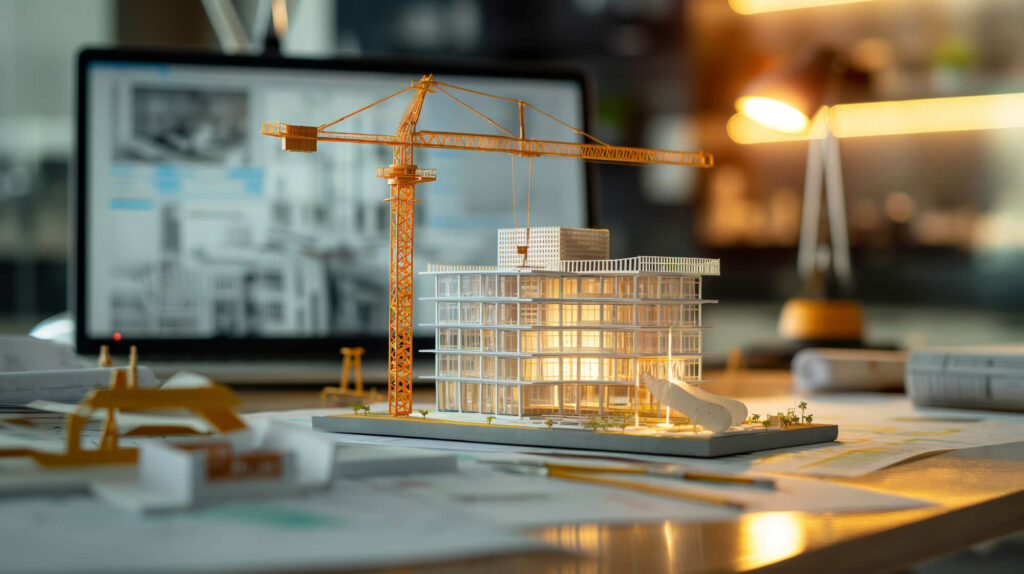
A Comprehensive Guide to Building Permits
In Ontario, obtaining a building permit is a crucial step to ensure that any construction or renovation project complies with the Ontario Building Code (OBC) and local zoning bylaws. Whether you’re planning significant structural changes or simple home improvements, knowing when a building permit is required can help you avoid costly delays, ensure safety, and keep your project on track.
At Ela Architects, we understand that navigating the permit process can be daunting. That’s why we’ve created a detailed guide to common projects in the Greater Toronto Area (GTA) that require a building permit. Our goal is to make this process as smooth and stress-free as possible for you, so you can focus on bringing your vision to life.

Exterior Projects and Additions
Even minor changes to the exterior of your property may require a building permit. Common exterior projects include:
- Home Additions: Expanding the size of your home, such as enclosing an existing porch or building new rooms, requires compliance with both structural and zoning regulations.
- Accessory Apartments: Converting part of your home into a secondary suite or rental unit demands adherence to building and zoning rules.
- Decks and Enclosures: Any deck—whether covered or uncovered—that is attached to a building or exceeds 10 square metres in size (or is more than 200 mm above grade) will require a permit. This also applies to enclosures like pool fences, which are necessary for safety compliance.
- Detached Structures: Garages, sheds, gazebos, or carports over 15 square metres on residential properties require a building permit to ensure compliance with the OBC and local bylaws.
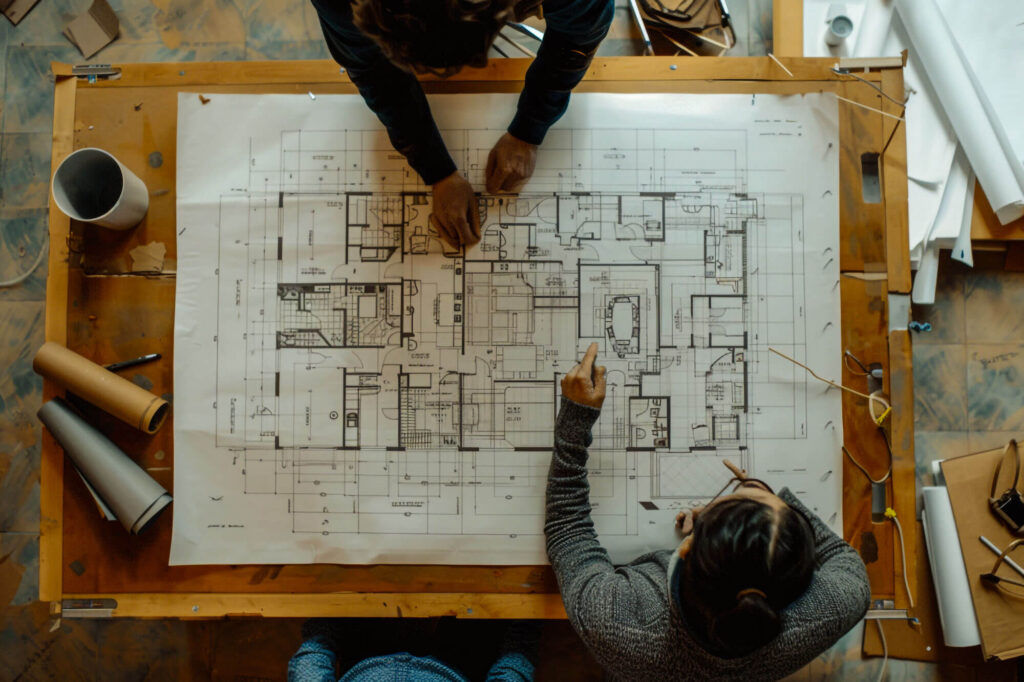
Interior Alterations
Planning interior renovations? Many interior modifications require a building permit to ensure structural safety and compliance with the OBC:
- Basement Finishing: Transforming an unfinished basement into a livable space or upgrading partially finished spaces needs to meet Ontario’s safety codes.
- Room Additions and Relocations: Adding new rooms or modifying the layout by relocating walls—whether load-bearing or not—demands thorough structural review and a building permit.
- Material Changes: Installing or replacing drywall, insulation, or key structural elements like beams, lintels, and interior railings must comply with permit regulations.
- New Window or Door Openings: Altering or enlarging door or window openings affects structural integrity, requiring a building permit for approval.
- Walkout Basements: Modifying or adding a walkout basement to your home also requires permits to ensure the changes meet the Ontario Building Code.
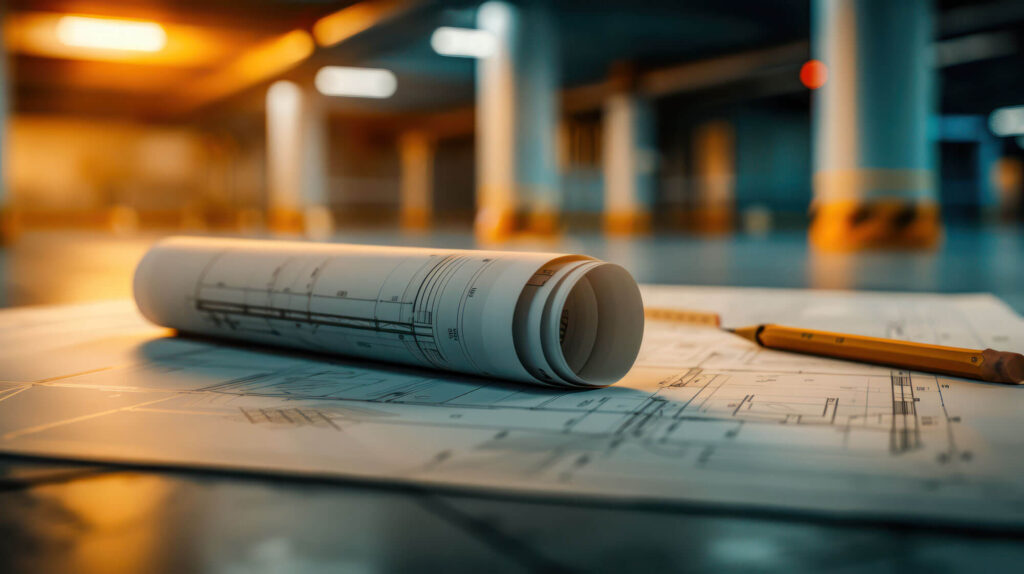
Structural Changes and Safety Improvements
Significant structural changes or safety system upgrades will almost always require a building permit. These include:
- Waterproofing and Foundation Work: Projects such as damp-proofing foundation walls, installing sump pumps, or setting up an internal weeping tile system are key to maintaining your home’s structural integrity and require proper approval.
- House Raising or Lowering: If you are planning to underpin or adjust the foundation of your home to create a full basement, a building permit is mandatory.
- Structural Element Replacement: Repairs or replacements to your home’s roof, exterior cladding, or subfloors—especially if using different materials—must comply with Ontario’s building standards.
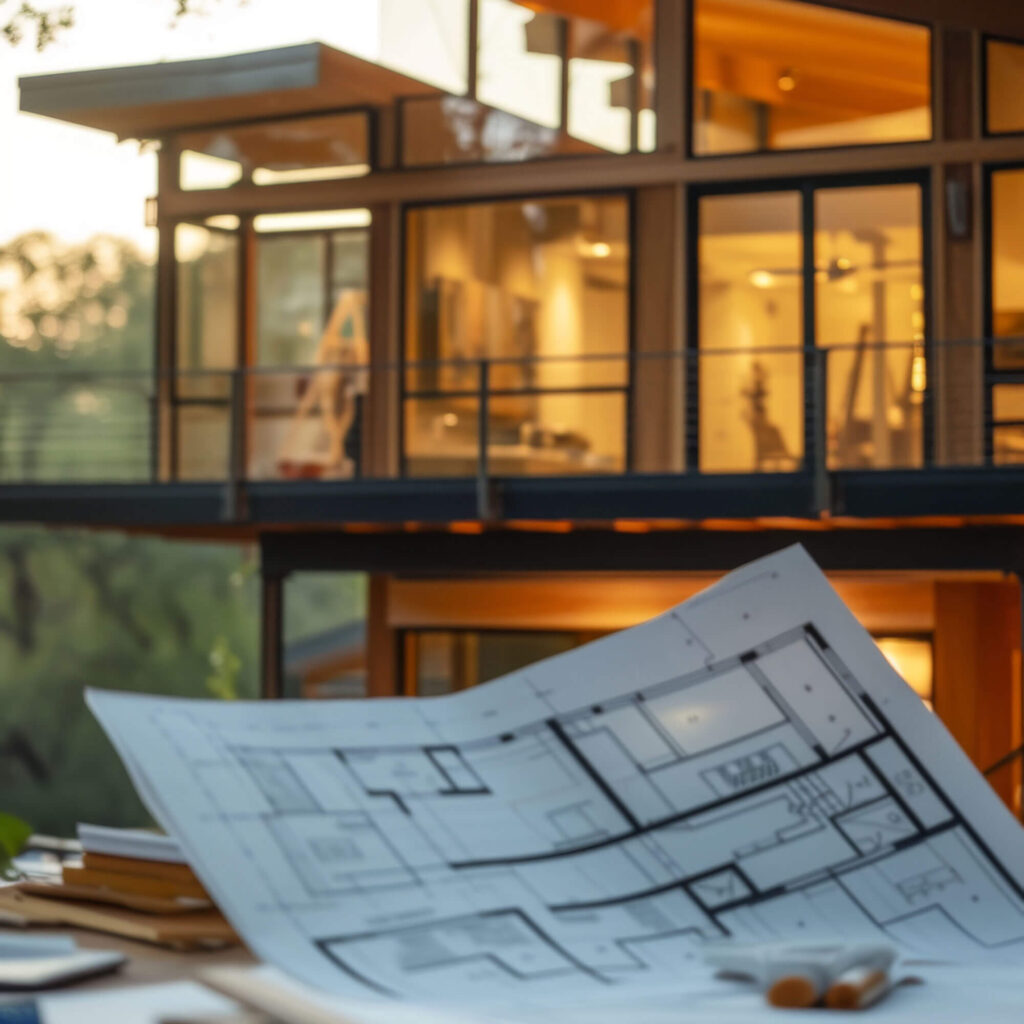
Specialized Construction Projects
There are also several specific construction activities that require a building permit, including:
- Solar Panels and Elevating Devices: Installing solar panels or ramps/elevators affects the building’s structure and safety systems, requiring adherence to specific codes.
- Change of Building Use: If you’re changing the use of your building—such as converting part of your home into a bed and breakfast or establishing a home-based business—proper permit approval is essential.
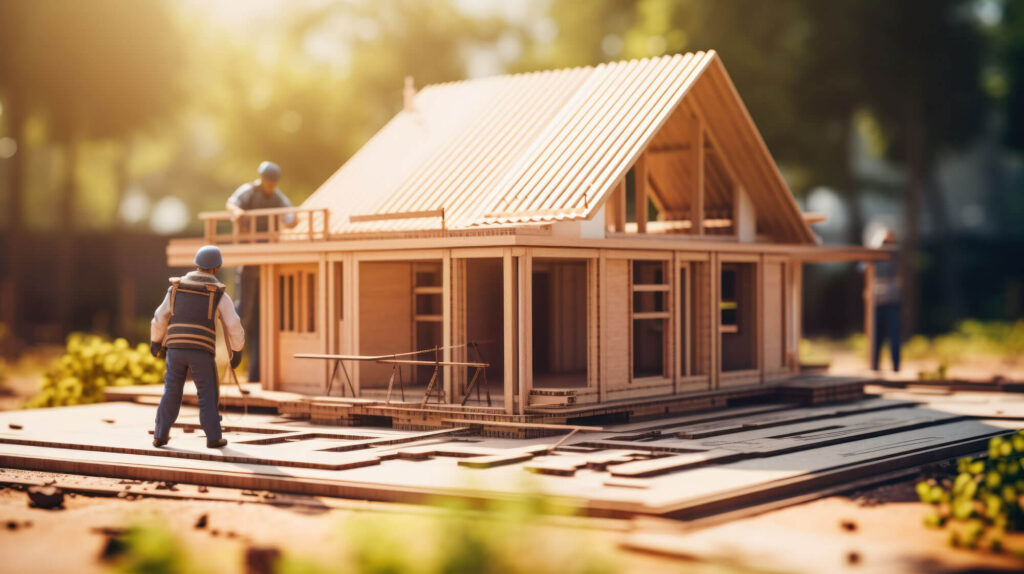
City-Specific Permit Regulations
While the guidelines above apply broadly across Ontario, it’s crucial to remember that building permit requirements—such as the allowable sizes for decks and detached structures—can vary by municipality. For instance, in the City of Hamilton, a building permit is required for freestanding structures larger than 10 square metres. However, these regulations may differ in other cities like Toronto or Oakville. Always consult your local city’s building department or contact us to ensure your project meets the specific requirements for your area.
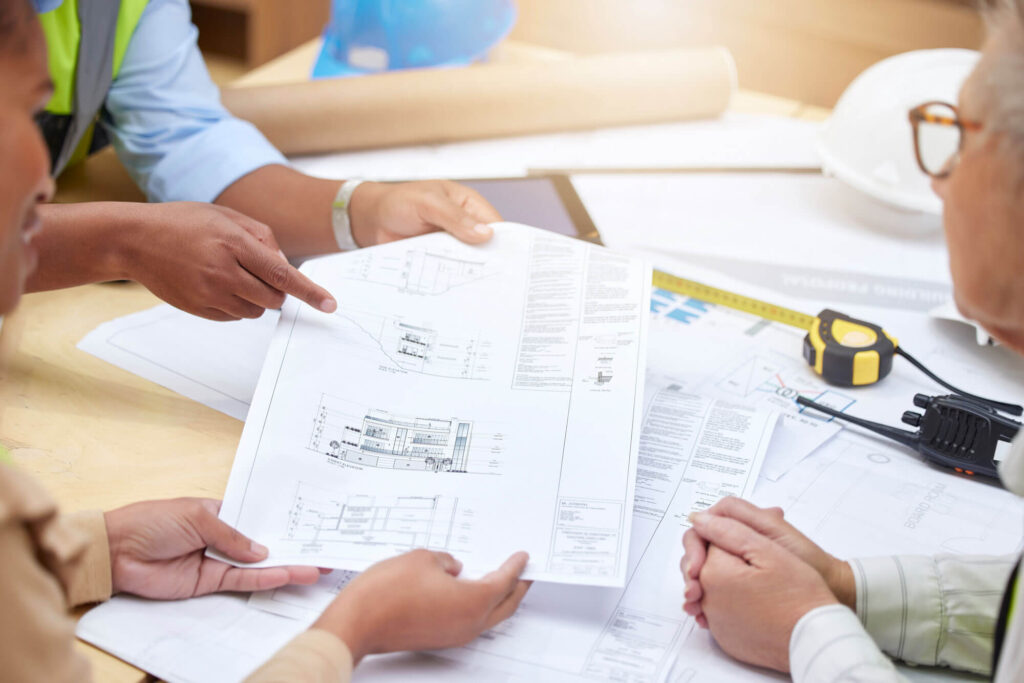
Ensuring Compliance and Project Success
Navigating Ontario’s building permit process can be complex, but at Ela Architects, we specialize in guiding our clients through every step. Serving Hamilton, Toronto, Oakville, Mississauga, Burlington, the GTA, and most of Ontario, we help ensure your project complies with all regulatory requirements, minimizing delays and avoiding costly errors.
Our experienced team will manage the entire permit process for you—from initial design through to the final inspection—so you can focus on bringing your vision to life. Whether you’re planning a home addition, interior renovation, or a specialized project, Ela Architects is here to ensure a smooth, successful building permit application.
Contact us today to discuss your next project and discover how we can help secure the permits you need.

